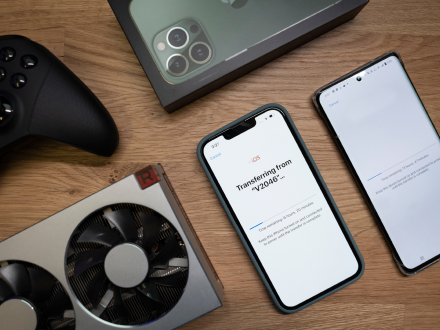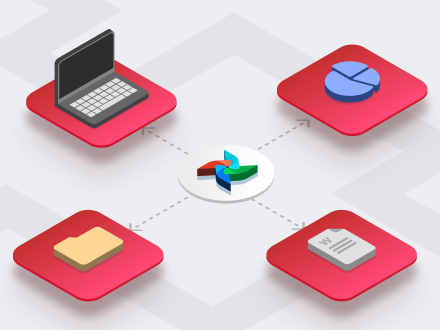Business process automation with Camunda: real-life examples
Renowned for its open-source platform and user-friendly interface, Camunda has empowered numerous enterprises to optimize their workflows. Let’s explore a few real-life examples.
Banking and Finance
Münchener Hypothekenbank eG, an independent real estate bank, transitioned to using the Camunda workflow engine to enhance and automate internal processes, specifically mail handling and inter-departmental loan application coordination. Previously, their system was rigid, lacked flexibility, and led to complexities that increased error rates.
In their move towards a Java-based microservice architecture, they selected Camunda based on internal recommendations and worked closely with WDW Consulting Group. Some benefits they obtained immediately from Camunda were off-the-shelf functions, while others needed more development. This transition resulted in a centralized task list used by all staff and provided flexibility to maintain individual processes without affecting others.
The most notable outcome has been a significant improvement in the processing speed of loan applications. This benefits both staff and end customers. As a testament to its success, other departments are now looking to adopt Camunda, and the bank has even hired more developers to further support its implementation.
Insurance
SV Informatik, a subsidiary of SV SparkassenVersicherung, specializes in custom IT solutions for insurance firms. They incorporated Camunda to automate various processes across departments, leading to notable time savings and improved customer response times. The company adopted Camunda in 2018 as a solution to their search for an effective business process modeling tool, with a focus on improving processes and enhancing collaboration between IT and other departments.
Since its implementation, Camunda has automated tasks like motor vehicle insurance policy cancellations and policy document requests. A notable achievement was the 80% automated processing of online storm damage reports. This proved especially valuable during the 2021 floods and storms in Germany. Tools like Camunda Optimize and Camunda Cockpit facilitate process monitoring and optimization.
Hospitality
In 2020, the SV Group, operating in Germany, Switzerland, and Austria, launched a disruptive digital platform called ‘likeMagic’ with Camunda’s assistance. This platform provided a seamless guest experience, from booking to check-out, with outcomes including a 95% self-check-in/out rate and a 9 out of 10 guest happiness score. The innovation reduced staffing needs and integrated platforms like Airbnb seamlessly. Recognizing its potential, SV Group offered ‘likeMagic’ to other hospitality providers. By 2023, they expanded from 2 to over 30 customers in the DACH region, with plans for a broader European reach and targeting 15,000 rooms by year-end.
























